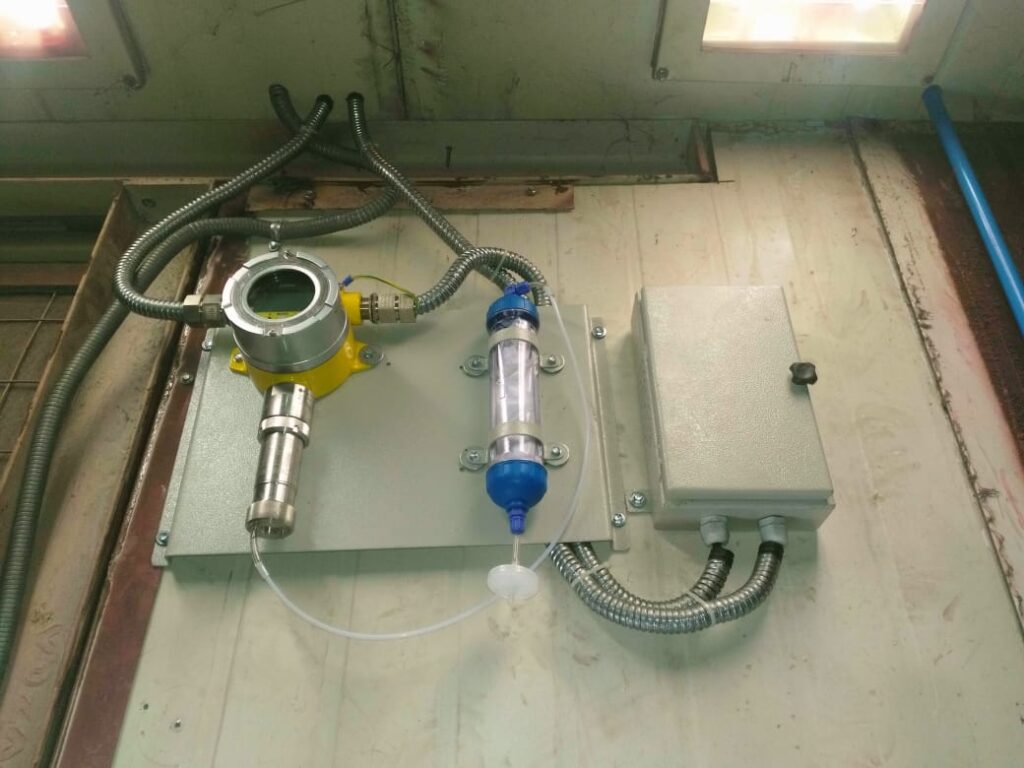Online VOC Monitor
Online VOC Monitor
The VOC meter is designed to detect mixed gas volatile organic compound (VOC) levels as part of an indoor air quality (IAQ) maintenance program. Volatile Organic Compounds (VOCs) are carbon-based substances that pose serious health risks due to their toxicity.
In significant concentrations, VOCs can be present in the air without being detected, as they may lack noticeable odor or color. However, some VOCs, like those found in gasoline vapors, are easily recognizable by their strong odor, even though they consist of various VOCs.

Even trace levels of VOCs over time can have long-term harmful effects on human health, making regular monitoring essential. At high concentrations, some VOCs can become highly volatile and potentially combustible. The appropriate monitoring device should be chosen based on the expected VOCs in the environment.
A Photo Ionization Detector (PID) can detect a broad range of chemicals, including aromatic hydrocarbons, but not low molecular weight hydrocarbons. PID operates by using ultraviolet light to ionize airborne VOCs, breaking them down into positive or negative ions. The detector then measures or detects the charge of these ionized gases. It’s important to note that PID only temporarily alters the VOCs it detects, without permanently changing them. Methylene chloride is one example of a hazardous VOC that can be effectively detected using PID technology.

